With dusk extending well past 11pm for the past few weeks, our bedtimes have been getting later and later, and we’ve been sleeping in as a result. The morning when we left Dawson City to start the Dempster, we were on the road by the crack of noon, which has been pretty typical lately.
Before leaving Dawson, we stopped to check out a restored dredge which operated during the heyday of the Klondike gold rush. It’s basically a giant floating mine that digs up material in front of it and deposits it behind it, creating its own pond and moving it very slowly up and down stream. Similar dredges operated on the Blue River in Breckenridge back in the day. This particular dredge operated on two different drainages from 1912 until 1959. Although dredges like this are no longer used, the area is still an active mining area, with everything from large corporate mining operations to individual placer claims. We even saw a sign saying “Claim and equipment for sale – call Ralph.” If you want a change in lifestyle, you can still move to the Klondike and become a gold miner.

The dredge was “green” in a perverse sort of way – it operated entirely on electricity (these are some of the motors on board) generated by hydroelectric power.
We spent our first night on the Dempster in the Tombstone Provential Park, located just 70 km into the drive. We spent a rainy couple of hours in the excellent visitor center and then made camp, cooking inside as it continued to rain.
The next morning the rain had stopped, and the nearby mountain peaks were covered in a dusting of snow. We stopped a few km from the campground for a short hike up to a viewpoint, which Quinn enjoyed immensely despite a cold wind.
As we continued north, we continually flirted with treeline. In the valley bottoms, forests of spindly, stinted trees grow at odd angles, the result of a very shallow root system due the permafrost. Where road crossed a pass or ridge (we crossed the continental divide a couple of times) the trees gave way to tundra.
The permafrost imposes unique constraints on road building. A road will absorb more solar energy than the bush, melting the permafrost and causing the road to degrade. So the road is built by building up enough road base to insulate the permafrost ensuing it stays frozen.
As the afternoon wore on it started to rain again and the road deteriorated to the point where we could only manage 30-40 km per hour. The surface was a sloppy mess with lots of water-filled potholes.
We were about 50 km outside of Eagle Plains (the halfway point on the road) when we came across a truck towing a camper stopped at a pullout. It seems to be the custom to slow down to find out if people are okay, and when I did that the passenger waved for us to stop. Their transmission was stuck in reverse and the truck wouldn’t start. We used our tow rope to gently tug them forward hoping that the motion would shake things loose, but to no avail. Ron climbed into the back of the van for a ride to Eagle Plains, leaving his wife Carol with their camper.
In a bizarre coincidence, not 10 km later our van gradually lost power and died, leaving us stranded on the road. It seemed like it was not getting fuel, so we suspected a fuel pump or fuel filter. Now both looking for rides, Ron and I flagged down the next truck that came by to get a ride to Eagle Plains. With night coming on it was still raining and the temperature was dropping. Jen and Quinn stayed with the van while I went to town to hopefully get a tow truck.

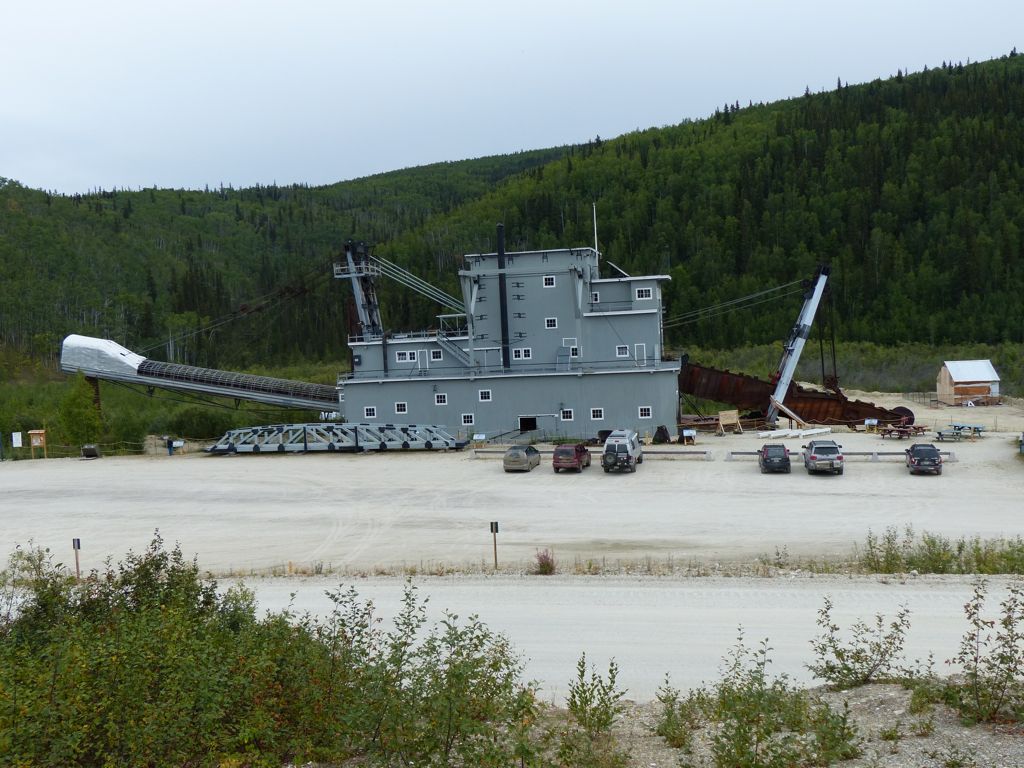
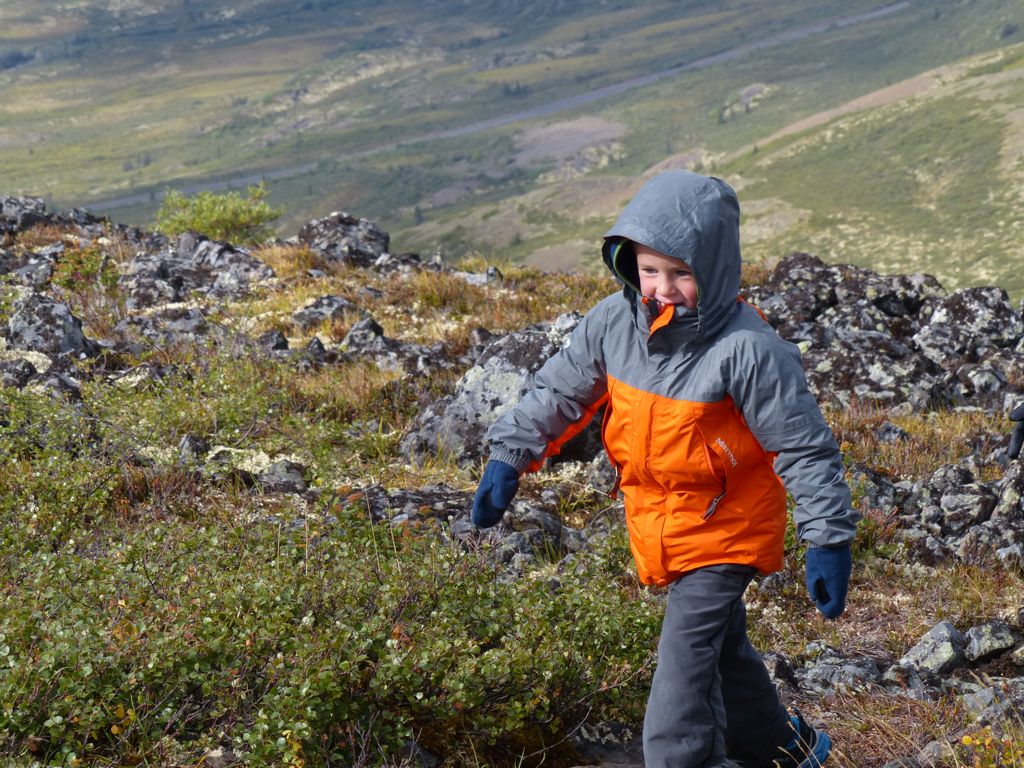
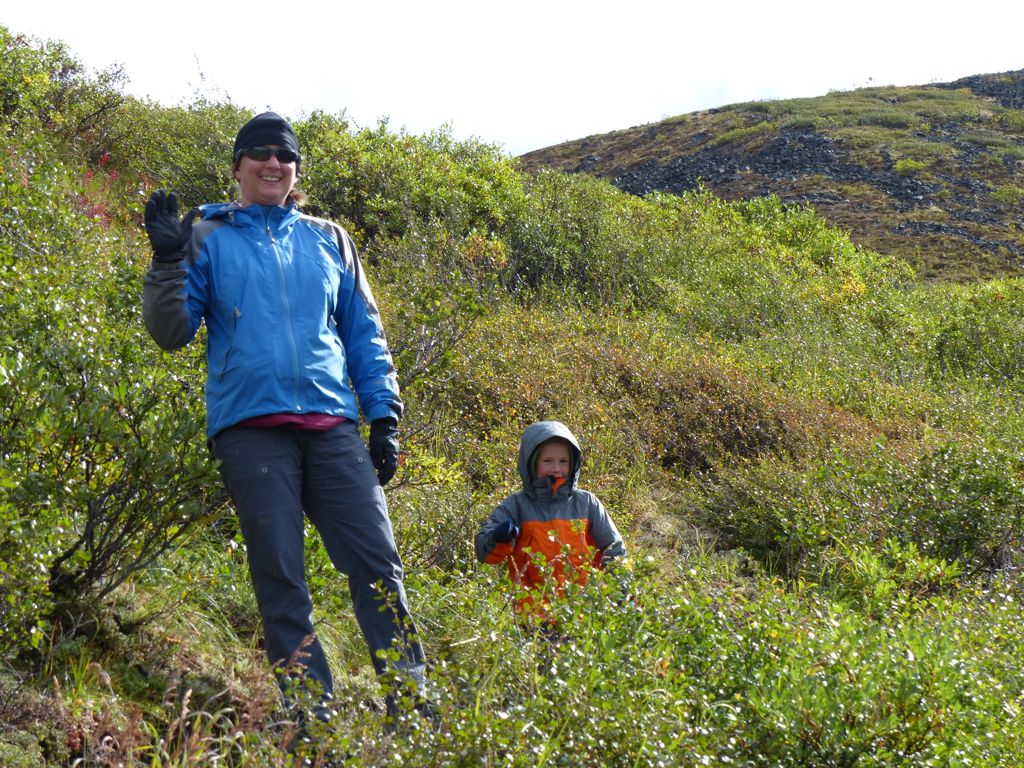
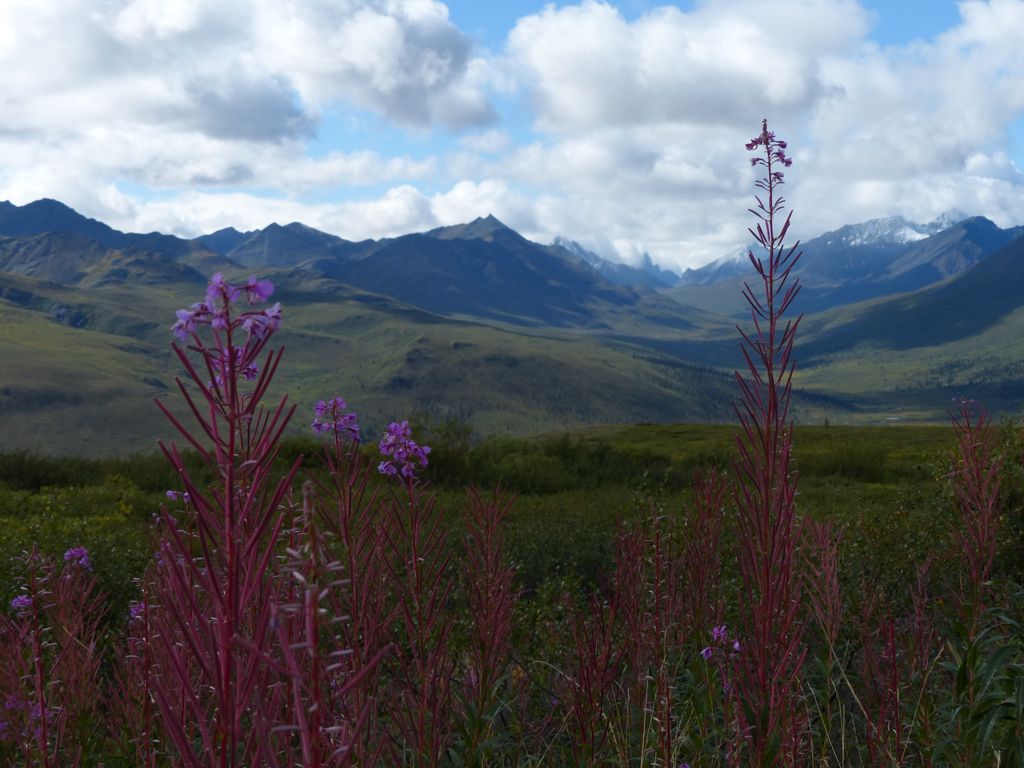
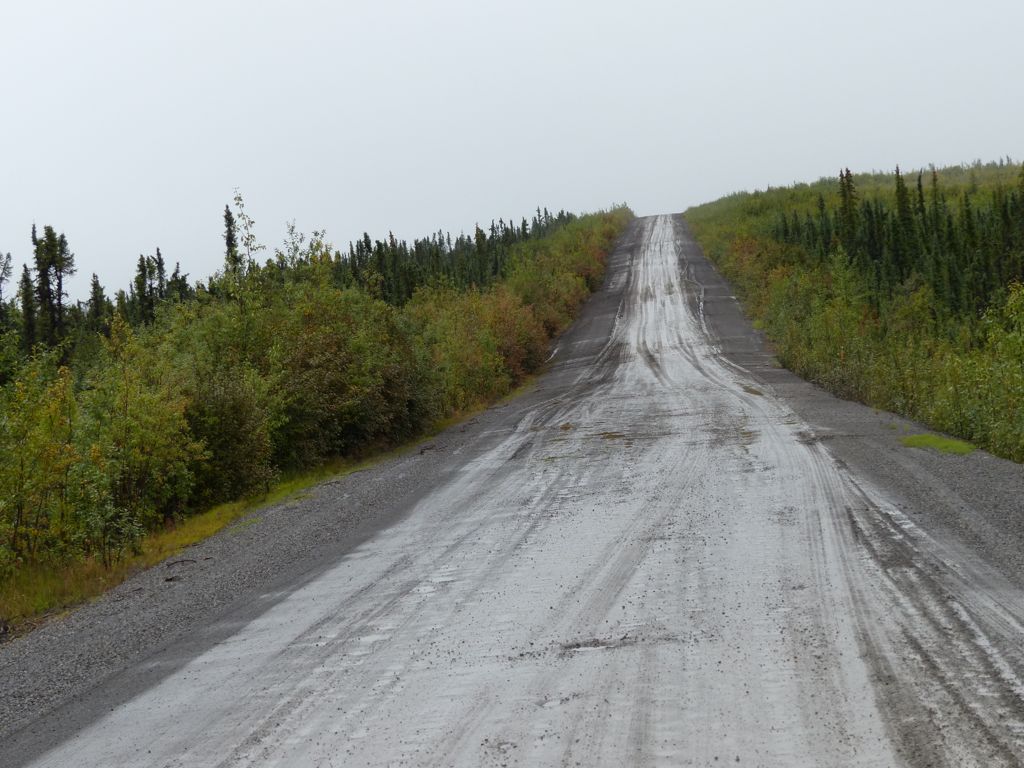
Every challenge is an opportunity. Good luck!
OK Witt, Where do I sign up for the rest of the story. You are in dire circumstances out in nowhere and and I am intrigued. Tell me where I sign up. Do you accept pay pal? Let me know because I am so excited for the next suspenseful episode.
Oh, good idea! To hear the rest of the story, send $5 to…
Ha! I was thinking the same thing- what a cliff hanger! Must read the next chapter!